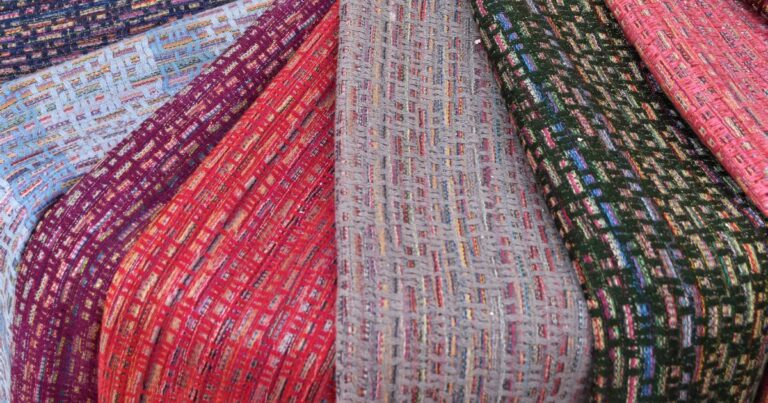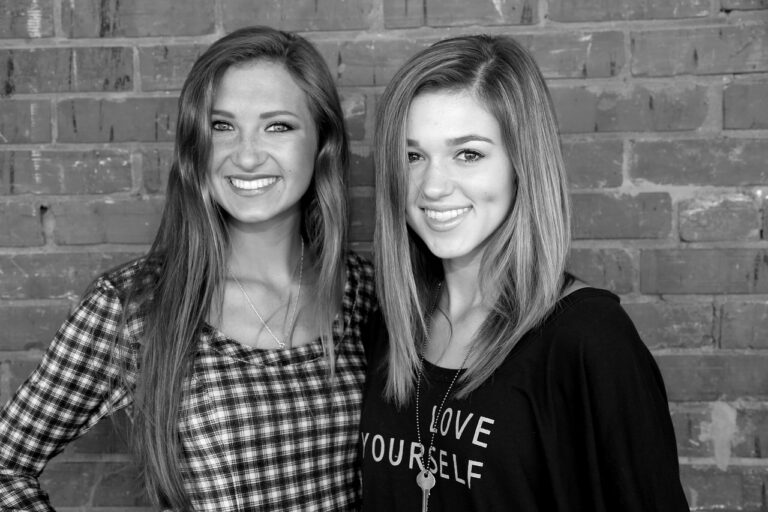Fashion and Social Change: How Clothing Reflects and Responds to Societal Shifts
Fashion has long been intertwined with the historical events and cultural shifts of society. Throughout centuries, clothing has been used as a form of expression, reflecting the values, traditions, and status of different civilizations. By examining the historical context of fashion, we can gain a deeper understanding of how clothing has evolved over time and the significance it holds within various societies.
From the elaborate garments of the Renaissance to the minimalistic designs of the modern era, each fashion trend carries the imprint of the past. The materials, styles, and motifs used in clothing can be traced back to specific historical periods, showcasing the impact of art, technology, and trade on the evolution of fashion. By delving into the historical context of fashion, we can appreciate the richness and diversity of sartorial expression across different cultures and eras.
The Influence of Politics on Clothing Trends
Throughout history, politics has played a significant role in shaping clothing trends. The attire worn by political leaders and influencers often sets the tone for fashion choices of the masses. When powerful figures don specific garments, it can spark a trend that ripples through society, reflecting not just personal style but also political affiliations and beliefs.
Furthermore, political events and movements have been known to directly impact fashion evolution. For example, during times of economic hardship or war, practical and utilitarian clothing becomes more prevalent. Conversely, in periods of social change or liberation, fashion trends can lean towards bold expressions of individuality and creativity. The interplay between politics and fashion creates a dynamic loop of influence that continues to shape the way we dress and express ourselves.
Gender Norms and Fashion Evolution
Throughout history, societal norms have played a significant role in shaping the evolution of fashion. These norms have often dictated what is deemed appropriate attire for individuals based on their gender. This has led to the establishment of certain fashion trends and styles as being more suitable for either men or women.
As time progressed, the concept of gender norms in fashion has undergone a significant shift. Today, there is a growing movement towards gender-neutral clothing, challenging the traditional boundaries that have long defined what men and women should wear. This shift reflects a broader societal acknowledgment of the fluidity of gender identities and the rejection of rigid stereotypes in fashion choices.
How have gender norms influenced fashion evolution?
Gender norms have played a significant role in shaping fashion over the years. For example, women were expected to wear dresses and skirts, while men were expected to wear pants. These norms have influenced the styles, colors, and silhouettes of clothing for different genders.
How has the historical context influenced fashion trends?
The historical context has had a major impact on fashion trends. For example, during times of war or economic hardship, clothing styles tended to be more practical and conservative. In times of prosperity, fashion trends often became more extravagant and luxurious.
How has politics influenced clothing trends?
Politics has also played a role in shaping clothing trends. For example, political movements such as feminism or LGBTQ rights have influenced the way people express themselves through fashion. Additionally, political figures and leaders have often set trends with their own personal style choices.
How have gender norms in fashion evolved over time?
Gender norms in fashion have evolved significantly over time. There has been a shift towards more gender-neutral clothing styles, with a greater emphasis on self-expression and individuality. Many designers are now challenging traditional gender norms and creating clothing lines that are more inclusive and diverse.






